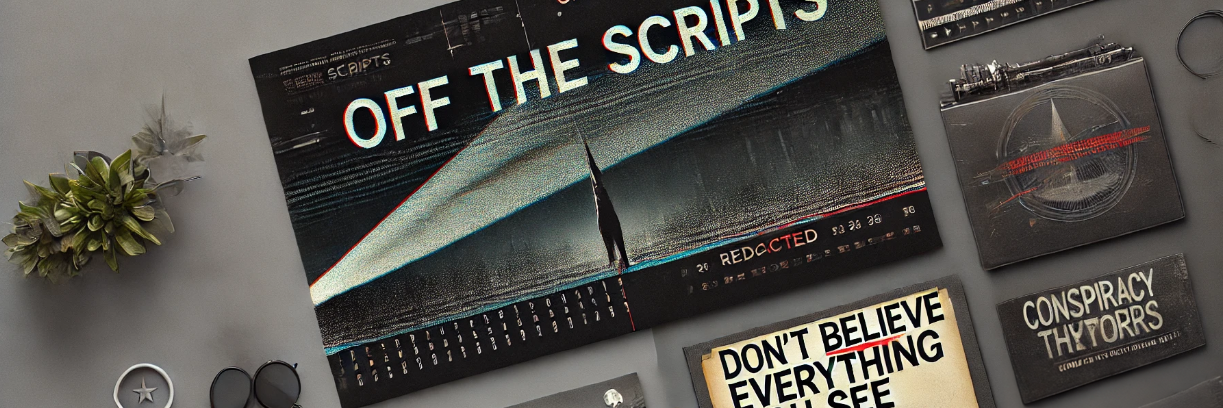

If you’ve been online recently, you’ve likely seen the name Luigi Mangione. He’s accused of shooting Brian Thompson, the CEO of UnitedHealthcare, on December 4, 2024. The Department of Justice reports Thompson was shot outside a Midtown Manhattan hotel in what appears to be a premeditated attack. Five days later, police say they found Mangione at a McDonald’s in Altoona, Pennsylvania. They say an employee recognized him from a hostel surveillance photo showing him without a mask. Authorities claim he had fake IDs, a 3D‑printed gun with a suppressor, and a written manifesto criticizing the healthcare industry, which suggests he planned the attack.
What sparked online fascination

A surprising element is the speed and smoothness of the arrest. According to police, Mangione walked into the fast-food restaurant with his weapon, IDs, and manifesto all in hand, ready for pickup. People online have noted how clean and quiet the arrest seemed after a nationwide manhunt .
Next, the hostel photo has been scrutinized. Some online posts point out that the person in the image doesn’t seem to have the same smile or facial expression as Mangione in later court photos. This small mismatch has fueled doubt and speculation.
Finally, supporters quickly appeared on TikTok and other social media. Some created mood-heavy edits, set to ambient music, that paint Mangione not as a murderer but as a modern-day protester or whistleblower. These videos sometimes get removed, which only adds to suspicion: critics say platforms may be censoring discussion too aggressively.
What raises questions and what doesn’t

The unusual arrest, questions about the surveillance image, and swift moderation of pro-Mangione posts all invite skepticism. But there are reasons to view the official story with caution as well.
First, law enforcement says they matched the fake ID found on Mangione at the hostel, confirming his identity scientifically. They also say the weapon and suppressor he carried matched the gun used in the murder case.
Second, the manifesto that authorities recovered openly criticizes the profit-driven healthcare industry and frames the act as a form of protest. Given the level of detail in the writing and its connection to the weapon and identity evidence, it appears to back the theory that this was deliberate, not accidental .
Third, there is no sign of a coordinated disinfo campaign or staged arrest. Multiple independent news outlets, including AP, BBC, and ABC, have reported similar details about the arrest and the evidence .
The cautious conclusion
Right now, this is a case built largely on circumstantial evidence: a single surveillance photo, forensic matches, and a manifesto. While the circumstances appear neat, that doesn’t automatically mean the case is false. Sometimes real investigations do proceed quickly with strong evidence.
Still, the unusual aspects , especially the look of the hostel photo and social media reactions, mean the public is asking valid questions. It’s healthy to approach high-profile stories like this with a critical eye. What matters most as the trial progresses are verifiable facts: the full content of the manifesto, forensic expert testimony, and clarity about how the surveillance image truly matches the suspect.
Sources
- DOJ official release
- BBC News coverage
- PetaPixel on hostel photo
- Yahoo News on photo ID
- El País article on cultural impact

The fact that they found him at Mcdonalds is weird…